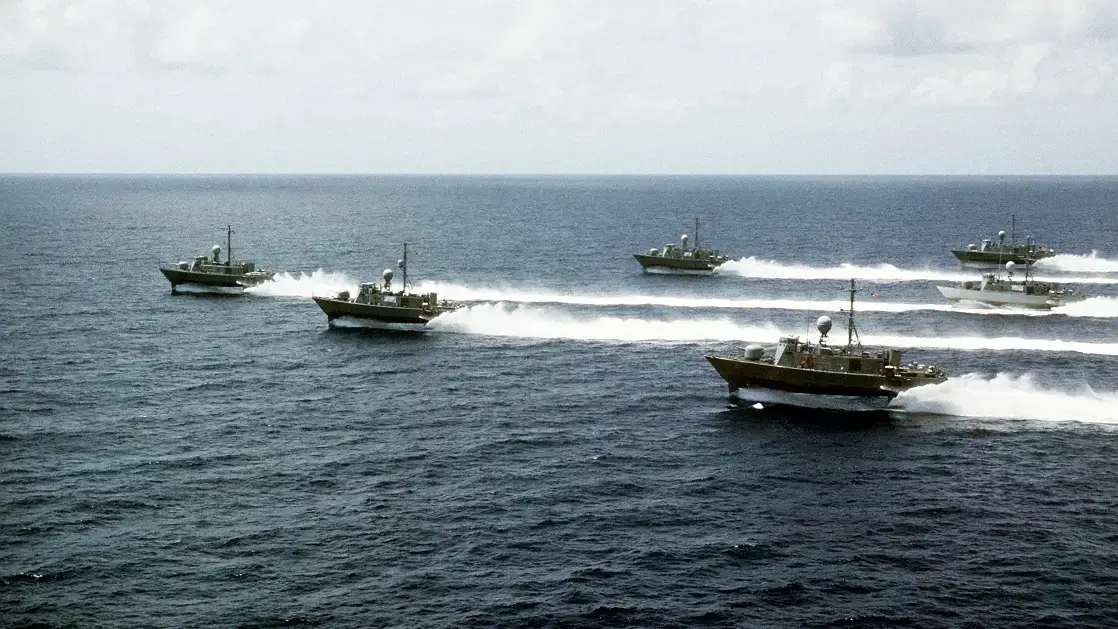Why the Navy doesn’t use these small boats with a big punch

SUMMARY
Back in World War II, patrol torpedo, or PT, boats were the scourge of the Japanese Navy. These vessels were so small, they weren't even measured in tons, but rather by feet. The Elco PT boat was 80 feet long, and the Higgins PT boat was 78.
Many were discarded after World War II, but the Soviet Union, China, and some NATO allies brought the concept back, this time equipping them with anti-ship missiles, like the MM38/MM40 Exocet, the Penguin, and the SS-N-2 Styx.
In the 1980s, the United States got into the game with the Pegasus-class hydrofoil.
The Pegasus was all of 255 tons, according to the Federation of American Scientists. It carried some serious firepower, though: A single 76mm gun, like those used on the Oliver Hazard Perry-class frigates (and later, the Coast Guard's Hamilton-class high-endurance cutters) forward and eight RGM-84 Harpoon anti-ship missiles. That's a lot more than what you see on today's Littoral Combat Ships.
The Navy bought six of these vessels and based them at Key West, Florida. There, they helped keep an eye on Fidel Castro's dictatorship and pitched in to fight the War on Drugs. With a top speed in excess of 45 knots, these boats could chase down just about anything on the waves, and their firepower gave them a good chance of defeating any vessel the Cuban Navy could throw at them. That said, these vessels were expensive to operate and suffered from short range.
With the end of the Cold War, the PHMs were among the many assets retired. All six were retired on July 30, 1993. Four of the vessels were scrapped immediately. A fifth, USS Gemini (PHM 6), became a yacht for a brief time before she went to the scrapyard. The lone surviving vessel in this class is the former USS Aries (PHM 5), which is slated to become part of a hydrofoil museum.
SHARE
